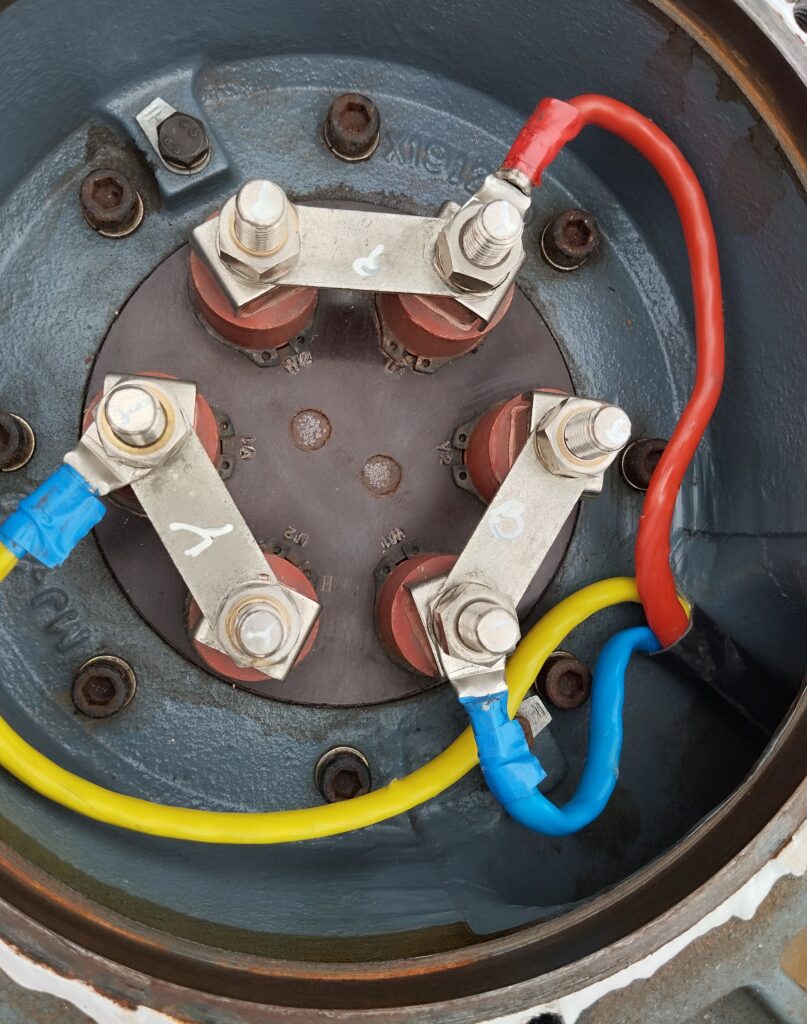Essential Motor Maintenance Tips
Introduction to Motor Maintenance: Essential Tips for Beginners
Motor maintenance is a critical aspect of ensuring the longevity and optimal performance of electric motors used in various applications, from industrial machinery to household appliances. Proper maintenance helps prevent unexpected breakdowns, reduces repair costs, and increases the overall efficiency of the motors. This guide will provide beginners with a comprehensive overview of essential motor maintenance tips.

Understanding Motor Basics
Before diving into maintenance practices, it’s crucial to understand the basic components and functions of electric motors. Electric motors convert electrical energy into mechanical energy through the interaction of magnetic fields. Key components include:
Stator: The stationary part that produces a magnetic field.
Rotor: The rotating part inside the stator.
Bearings: Support the rotor and allow it to spin smoothly.
Windings: Coils of wire within the stator or rotor that generate the magnetic field.
Commutator and Brushes (in DC motors): Facilitate the flow of current in the motor.
Importance of Motor Maintenance
Regular motor maintenance ensures:
- Reliability: Prevents unexpected failures and downtime.
- Efficiency: Maintains optimal performance and energy efficiency.
- Longevity: Extends the life span of the motor.
- Safety: Reduces the risk of accidents caused by motor malfunctions.
Essential Motor Maintenance Tips
- Visual Inspection:
- Exterior Check: Regularly inspect the motor’s exterior for signs of damage, dirt, or corrosion. Look for loose or missing bolts and ensure all covers and guards are in place.
- Connections: Check electrical connections for signs of wear or corrosion. Ensure that connections are tight and secure.
- Cleaning
- Debris Removal: Keep the motor clean from dust, dirt, and debris. Use a dry cloth or compressed air to remove contaminants.
- Ventilation: Ensure that ventilation openings are clear to prevent overheating. Blocked ventilation can lead to reduced cooling and potential motor damage.
- Lubrication
- Bearings: Proper lubrication of bearings is vital for smooth operation. Over-lubrication can be as harmful as under-lubrication. Follow the manufacturer’s guidelines for the type and frequency of lubrication.
- Types of Lubricants: Use the recommended lubricants (grease or oil) specified by the motor manufacturer. Mixing different types of lubricants can cause compatibility issues.
- Temperature Monitoring
- Overheating: Monitor the motor’s operating temperature. Overheating can indicate underlying issues such as overloading, poor ventilation, or electrical problems.
- Thermal Imaging: Use thermal imaging cameras to detect hot spots that may indicate potential problems.
- Vibration Analysis
- Vibration Levels: Regularly measure and analyze the motor’s vibration levels. Increased vibration can signal bearing wear, misalignment, or imbalance.
- Balancing: Ensure that the rotor is properly balanced to minimize vibration.
- Electrical Testing
- Insulation Resistance: Perform insulation resistance tests to check the condition of the motor windings. Low insulation resistance can indicate winding deterioration.
- Continuity Tests: Verify the continuity of windings and electrical circuits within the motor.
- Alignment and Coupling
- Shaft Alignment: Ensure that the motor shaft is correctly aligned with the driven equipment. Misalignment can cause excessive wear and energy loss.
- Couplings: Inspect couplings for wear and tear. Ensure they are properly adjusted and lubricated if necessary.
Preventive Maintenance Schedule
- Regular Intervals: Establish a preventive maintenance schedule based on the motor’s operating environment and manufacturer’s recommendations.
- Record Keeping: Maintain detailed records of all maintenance activities, inspections, and repairs. This helps in tracking the motor’s condition over time and planning future maintenance.
Common Motor Problems and Solutions
- Overheating
- Cause: Overloading, poor ventilation, or electrical issues.
- Solution: Reduce load, improve ventilation, and inspect electrical components.
- Excessive Vibration
- Cause: Misalignment, unbalanced rotor, or bearing wear.
- Solution: Align motor and driven equipment, balance the rotor, and replace worn bearings.
- Noise
- Cause: Bearing problems, loose components, or electrical issues.
- Solution: Lubricate or replace bearings, tighten components, and inspect electrical connections.
- Reduced Efficiency
- Cause: Dirt and debris buildup, improper lubrication, or electrical faults.
- Solution: Clean the motor, ensure proper lubrication, and perform electrical tests.
See Also: Motor Maintenance checklist & Motor Maintenance Schedule